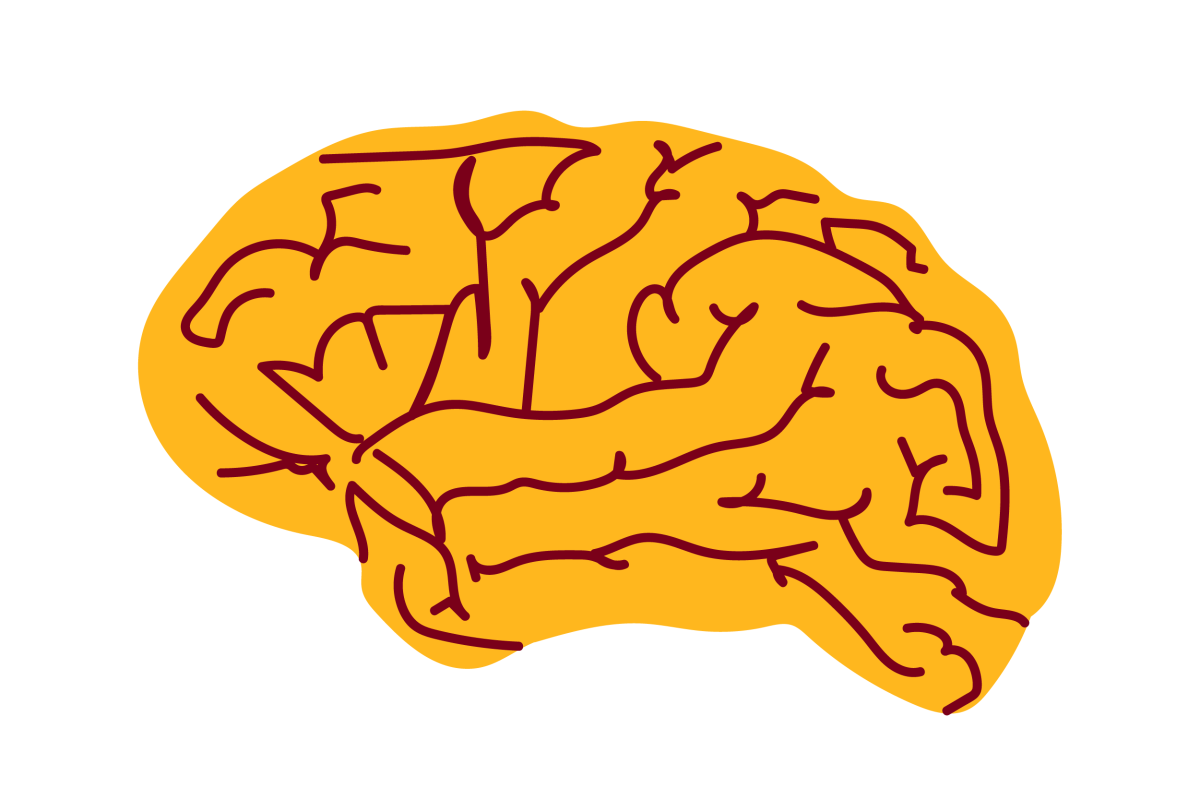Action planning and control under uncertainty emerge through a desirability-driven competition between parallel encoding motor plans [journal]

Journal
PLoS Computational Biology - October 1, 2021
Authors
Vince Enachescu, Paul Schrater (professor), Stefan Schaal, Vassilios Christopoulos
Abstract
Living in an uncertain world, nearly all of our decisions are made with some degree of uncertainty about the consequences of actions selected. Although a significant progress has been made in understanding how the sensorimotor system incorporates uncertainty into the decision-making process, the preponderance of studies focus on tasks in which selection and action are two separate processes. First people select among alternative options and then initiate an action to implement the choice. However, we often make decisions during ongoing actions in which the value and availability of the alternatives can change with time and previous actions. The current study aims to decipher how the brain deals with uncertainty in decisions that evolve while acting. To address this question, we trained individuals to perform rapid reaching movements towards two potential targets, where the true target location was revealed only after the movement initiation. We found that reaction time and initial approach direction are correlated, where initial movements towards intermediate locations have longer reaction times than movements that aim directly to the target locations. Interestingly, the association between reaction time and approach direction was independent of the target probability. By modeling the task within a recently proposed neurodynamical framework, we showed that action planning and control under uncertainty emerge through a desirability-driven competition between motor plans that are encoded in parallel.
Link to full paper
Keywords
neuroscience